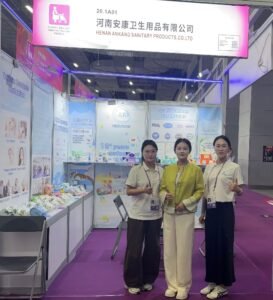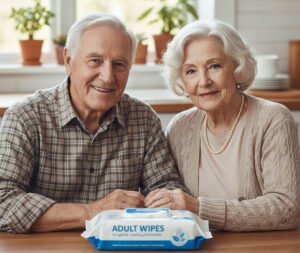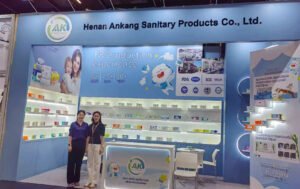Introduction: The Wet Wipe Sustainability Dilemma
The global demand for wet wipes is projected to reach $26.5 billion by 2025, driven by hygiene-conscious consumers. Yet, 90% of sewer blockages are linked to non-degradable wipes, costing municipalities $1 billion annually. Amidst this chaos, two contenders—bamboo wipes and “flushable” wipes—vie for eco-conscious buyers. But which truly minimizes environmental harm? As a manufacturer committed to transparency, we analyze both through the lenses of material science, waste management, and corporate greenwashing risks.
Understanding Bamboo Wipes: The Renewable Contender
What Makes Bamboo “Sustainable”?
Bamboo grows 30x faster than cotton, requires no pesticides, and regenerates from its roots—eliminating deforestation. However, sustainability hinges on processing. Bamboo wipes begin as raw pulp, often using closed-loop systems that recycle 98% of water. Certifications like FSC (Forest Stewardship Council) ensure ethical sourcing.
The Biodegradability Debate
Lab tests show untreated bamboo fibers decompose in 8–12 weeks in industrial composters. Yet, most wipes contain binders like polylactic acid (PLA) for durability. While PLA is plant-based, it requires high heat (above 60°C) to break down—conditions absent in home compost bins.
Carbon Footprint: A Mixed Picture
Shipping bamboo from Asia to Western markets adds emissions. However, a 2023 Life Cycle Assessment found bamboo wipes generate 43% less CO2 than plastic-based flushables when accounting for end-of-life impacts.
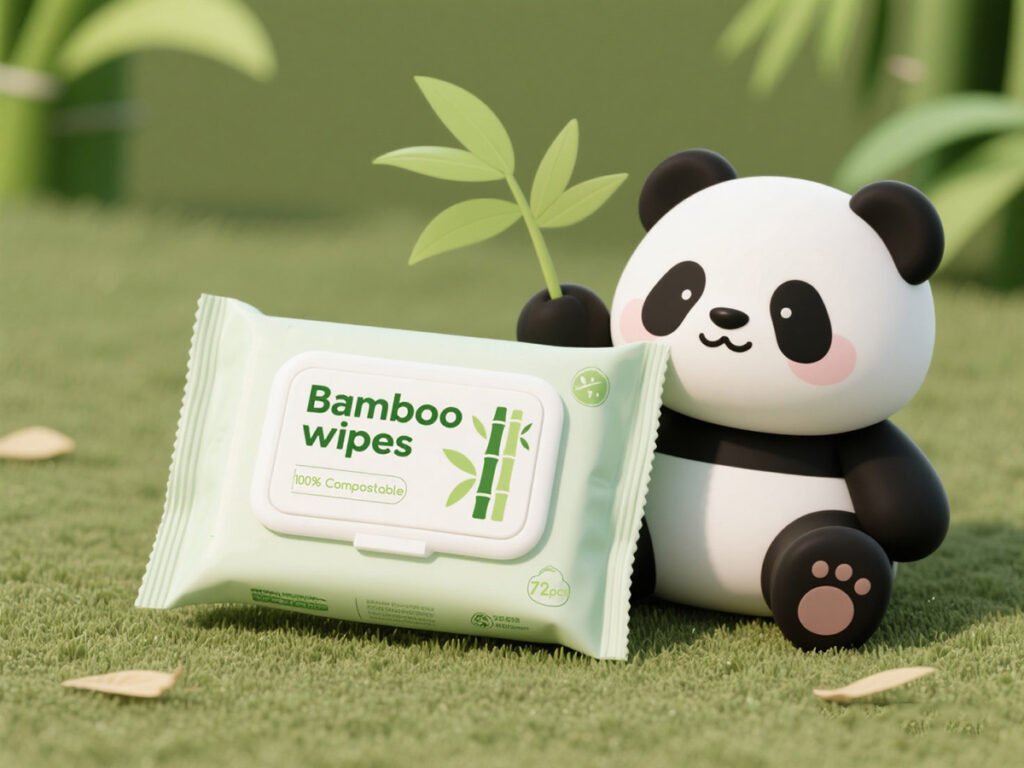
Flushable Wipes: Convenience vs. Environmental Reality
The Flushability Myth
Despite “sewer-safe” labels, no governmental standard defines “flushable.” Industry guidelines (INDA/EDANA) require wipes to disintegrate within 30 minutes in agitator tests. Yet, real-world sewage systems lack such turbulence. A UK Water UK study found 93% of “flushables” remained intact after 24 hours in wastewater.
Microplastics and Chemical Load
Most flushables contain polyester or polypropylene—petroleum-based plastics that fragment into microplastics. A single wipe sheds 1,800 microplastic fibers, infiltrating marine ecosystems. Additionally, preservatives like methylisothiazolinone (MIT) persist in waterways, harming aquatic life.
The Recycling Illusion
Only 14% of global plastic is recycled, and wipes’ mixed materials (fiber + plastic) make them unrecyclable. Even “plant-based” flushables often blend rayon with synthetics, complicating decomposition.
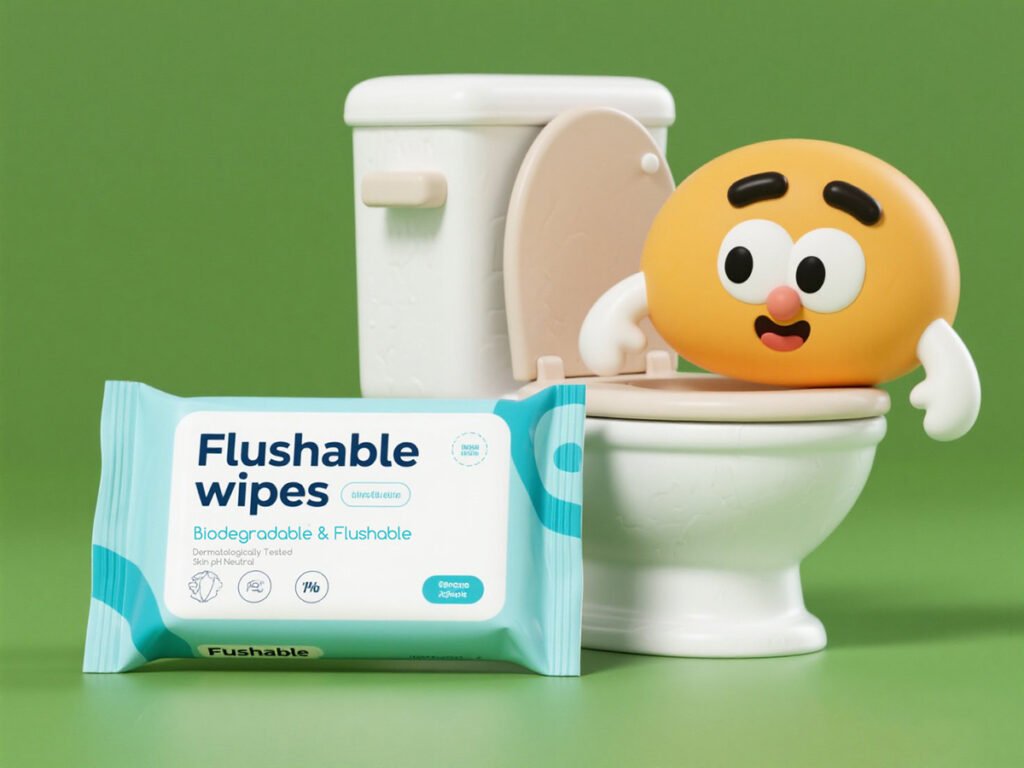
Environmental Impact: A Side-by-Side Comparison
Landfill vs. Waterway Pollution
- Bamboo Wipes: If improperly disposed of in landfills, methane emissions rise due to anaerobic decomposition. However, their lack of plastics prevents microplastic leakage.
- Flushable Wipes: 70% end up in oceans or rivers, where plastics take 500+ years to degrade. The Great Pacific Garbage Patch now holds 1.8 trillion plastic fragments, many from hygiene products.
Manufacturing Energy Use
Bamboo processing consumes 30% less energy than plastic resin production. However, flushable wipe factories often use renewable energy to offset emissions—a practice called “carbon insetting.”
Long-Term Ecosystem Effects
Bamboo monocultures risk soil depletion if not rotated. Conversely, microplastics from flushables disrupt phytoplankton—organisms responsible for 50% of Earth’s oxygen.
Ankang Wipe’s Perspective: Costs and Challenges
Bamboo Supply Chain Complexities
Sourcing certified bamboo pulp costs 20% more than wood pulp. Yet, brands like Caboo have cut costs by partnering with Fair Trade cooperatives in Vietnam.
Flushable Wipes’ Regulatory Battles
Cities like London and San Francisco ban “flushable” labels due to infrastructure damage. Manufacturers face lawsuits; in 2022, a major brand paid $25 million in a class-action settlement.
Consumer Education Gaps
Only 31% of buyers read disposal instructions. Clearer labeling (“Do Not Flush” on bamboo packs; “Only Flush 1–2 Wipes” on flushables) could mitigate misuse.
Consumer Considerations: Balancing Ethics and Practicality
- Cost: Bamboo wipes average $0.05 per sheet vs. $0.03 for flushables.
- Performance: Flushables often excel in strength for messy tasks (e.g., makeup removal).
- Disposal: Bamboo wipes need industrial composting; flushables require municipal systems with robust wastewater treatment.
Bamboo vs. Flushable: The Showdown
Let’s pit these two head-to-head:
| Factor | Bamboo Wipes | Flushable Wipes |
|---|---|---|
| Materials | Natural bamboo fibers | Plastic-based synthetics |
| Decomposition | 2–3 months (compost) | 100+ years (landfill/water) |
| Chemical Use | Low (if organic) | High (preservatives, fragrances) |
| Convenience | Trash-only | Flushable (but shouldn’t be) |
Verdict: Bamboo wipes win on materials and decomposition, but flushables? They’re like that friend who says they’ll “help you move” and ghosts.
Conclusion: The Verdict from the Factory Floor
While no wipe is 100% eco-friendly, bamboo wipes edge out flushables by avoiding microplastics and reducing fossil fuel dependence. However, flushables remain pragmatic for limited use in regions with advanced sewage treatment. As manufacturers, we advocate for third-party certifications, compost infrastructure investment, and radical transparency.
FAQs
1. Are bamboo wipes safe for septic systems?
No—unless explicitly labeled “septic-safe.” Most require composting.
2. Do “flushable” wipes break down in all sewage systems?
Only in systems with high turbulence and modern filtration—rare in older cities.
3. Can I compost bamboo wipes at home?
Only if certified home-compostable; most need industrial facilities.
4. Are there hybrid eco-friendly alternatives?
Yes. Some brands combine bamboo with water-dispersible PLA, though costs are higher.
5. How can I verify a wipe’s sustainability claims?
Look for certifications: FSC, OK Compost INDUSTRIAL, or NSF/ANSI 332.

